By: Eleena Ghosh
“The racial challenges at the University of Maryland, they were small and they were big, they were subtle and they were obvious. They were interwoven throughout all facets of the experience- dorms, cafeterias, in class itself, extracurriculars, study abroad.”
If there’s one thing Halima Jenkins (1996-2000) knew when she came to the University of Maryland, it was that she wasn’t going to do what everyone else did. Right from the very beginning, she opted not to choose a major based on the job at the end of it, but rather what she was passionate about, and what she would enjoy studying; she knew that, in the end, that’s what would make her feel satisfied.
She looked at going to college as an opportunity to explore the “things that felt meaningful, that spark joy, that allowed me to also explore themes surrounding identity.” Jenkins was always acutely aware of the privilege of having the opportunity to go to college and “the contrast between [her] experience and [her] grandmother’s”. She was always very clear on the oral histories of segregation and afterward, from her father’s family, who’ve been in Maryland for generations. She often thought about her grandmother and how her opportunities, just a generation or two before, were so different from Jenkins’.
In her four years here, she had a hand in numerous student organizations– the Caribbean Student Association, Latino Student Union, Hispanic Heritage Coalition, Student Entertainment Events, and she even had time to study abroad in France. Where she truly found her joy was tutoring with Saturday Freedom Schools, copy editing at the Black Explosion, and performing with the dance department.
Jenkins named in The Diamondback, April 25, 2001.
Unfortunately, that doesn’t mean she didn’t have some “rude awakenings” while she was on campus.
A distinct memory of her first roommate always arises, during their first week together. Jenkins walked out of the shower without washing her hair and her roommate, apparently appalled, asked her why she wouldn’t wash her every day– “isn’t that nasty” not to? Jenkins barely knew how to respond; “I didn’t go to college to be judged as being unclean. And I didn’t go to college to have to give lessons about everything… I didn’t go to college to have to defend myself for doing regular stuff, but that’s what I found was part of the college experience.”
Another rude awakening came during her time studying abroad. She was assigned to an apartment with two White girls and one Black girl, all strangers to each other. However, it became clear upon arrival that her two White roommates had already decided to be roommates, as well as take the nicer of two rooms. Jenkins remembers that as her first experience with someone else’s sense of entitlement, and being treated like an outsider in her own apartment.
“I think most people who are ‘other’… have a moment where it really switches from the conceptual to a very kind of soul-twisting experience, where it’s just really in your face. You’re like, ‘Oh, this is happening to me right now. It’s not just one of those family folktales.’ When you’re younger… we all thought we knew almost everything. Here I was, 20.”
In her experiences with racism, Jenkins also struggled with the implicit expectations of how she “should” react– “I’ve never liked the… social onus that I feel is put on us as Black and Brown people, to be accommodating and tolerate and understand all these microaggressions.” But she also knew that, on the other end of the spectrum, if she responded angrily, that was another problem. There were more than enough times Jenkins had to hold herself back and control her reactions, but a memorable moment was in France, when her two White roommates asked her “why she thinks she’s Black, since she’s ‘almost the same color they are.’” Jenkins was so caught off guard, she had no immediate reaction. It wasn’t until she could “rebound and catch her emotional breath” that she remembered, for “us on the outside… if you get angry- all Black people are angry. When you’re ‘other’, you carry the burden of all the stereotypes that you didn’t create, but that are in other people’s minds.”
She wishes she could say she came back from France to a better, less aggressive year at the University, but, instead, she found herself more aware than ever of the “entry level racism and microaggressions.” Students and professors would tell her she’s “so clean and articulate”, or, when she was excelling in her language classes, that she “can’t just be Black American.” As if, somehow, she couldn’t be excelling by virtue of just studying and being intelligent, like other people. For Jenkins, racial challenges at Maryland “were so meticulously woven in that [she] cannot talk and reflect on [her] experience at the university without automatically thinking about any number of racial politics or dynamics, or the anger, the resentment, the fear, the intimidation, ferocity, and disappointment.” It was “a bittersweet experience.”
Nevertheless, Jenkins found places on campus where she could be at peace.
Jenkins on the Black Explosion staff page, March 30, 2000.
As a serious student, McKeldin Library was the place she could sit down, focus, and get her work done.. The Student Union lounge, since renovated, had some “serious” spades games; and she means serious- there were quite a few times she remembers being late to class because she had to finish a spades game (though she admits that perhaps wasn’t the most responsible decision she’s ever made). The other place she has the most fond memories of is the Black Explosion office, largely because she spent so many grueling hours in it before an issue would come out. Though the work was hard, she was excited about the paper and the stories that were in it, because “they were voices and stories that were not reflected in The Diamondback.”
To this day, the University has its painful stories and memories, but, outside of all that, it’s where she found and explored her passions, where she and her husband fell in love, and it’s a place that her children have known their entire lives.
Jenkins and her now-husband, Rahman Culver, in the Black Explosion, March 30, 2000.
Born out of the need to address gaps in archival records, the Reparative Histories Initiative seeks to document the voices and stories of underrepresented minorities at the University of Maryland, from the past to the present.
Part of that initiative is the Black Experience at UMD Oral History Project– here, we aim to directly address the under-documented existence of Black students on campus & capture their stories and experiences so that we can slowly piece together a more nuanced and comprehensive picture of the university’s story.
You can read more moments of difficulty, perseverance, and joy in Jenkins’ oral history, along with many others’, here. You can also view all the newly digitized issues of Black Explosion at our Student Newspapers database here.
Eleena Ghosh is a student assistant pursuing a degree in Environmental Science & Policy with a concentration in Anthropology. She is interested in museum scholarship, creating more inclusive archival records and spaces, and figuring out how to combine all these different interests.
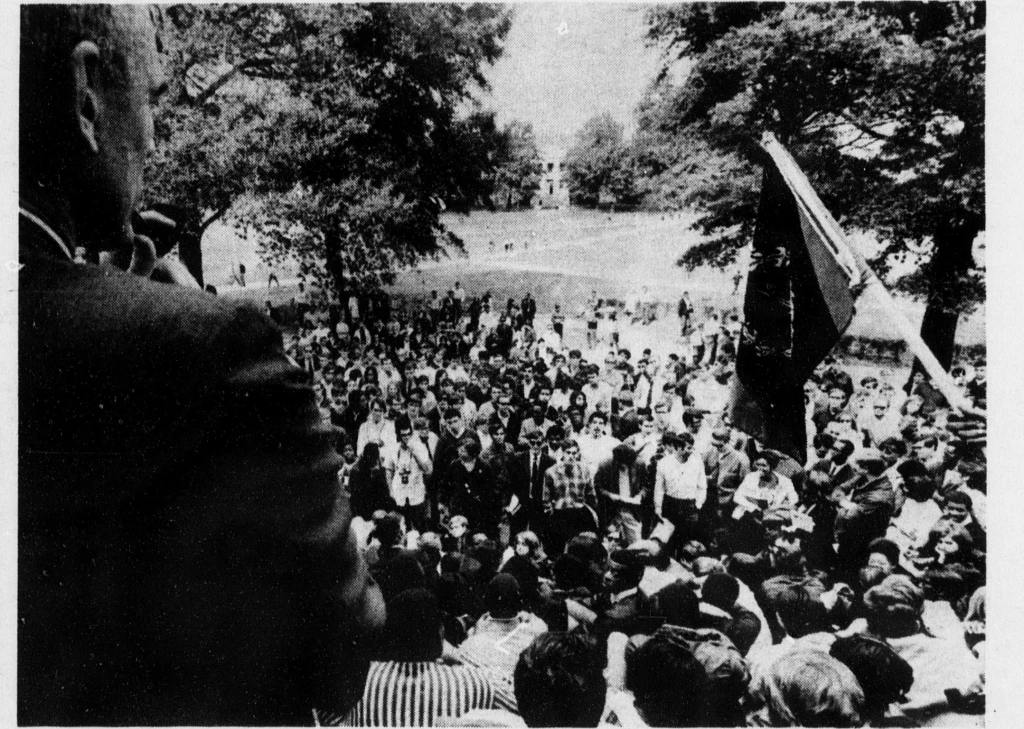
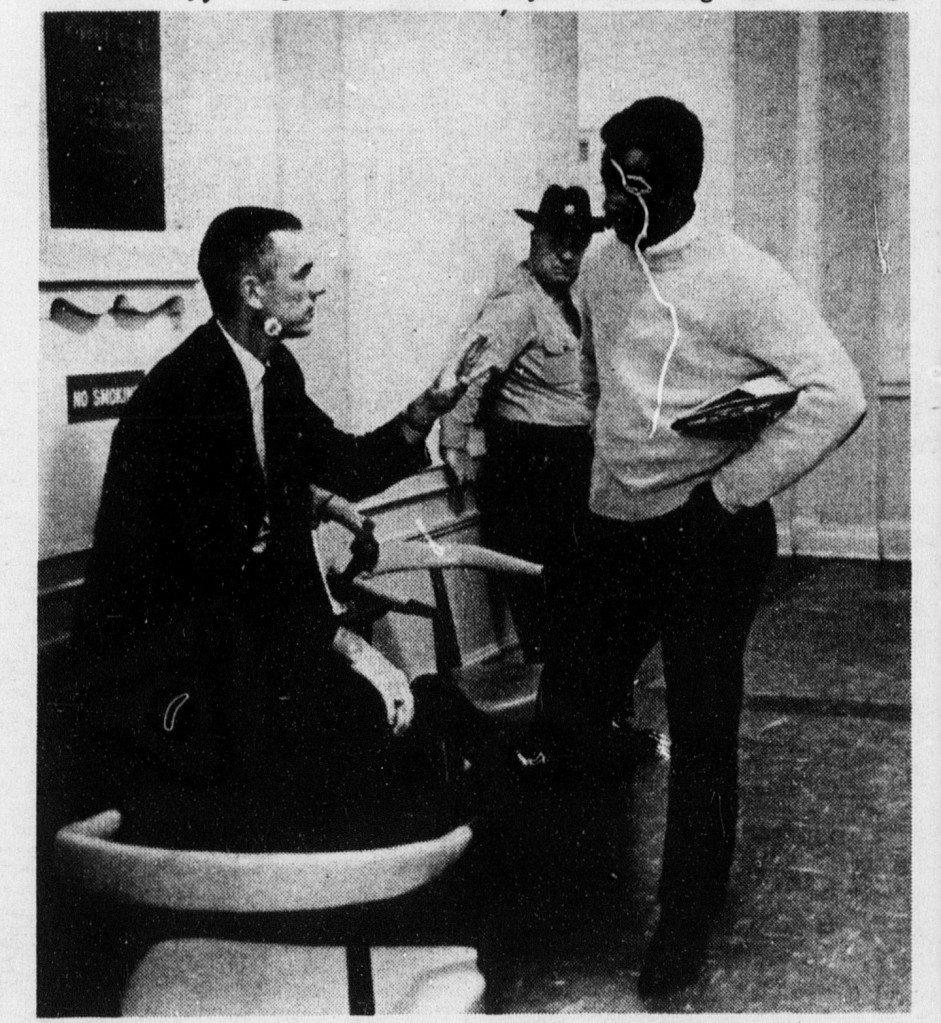

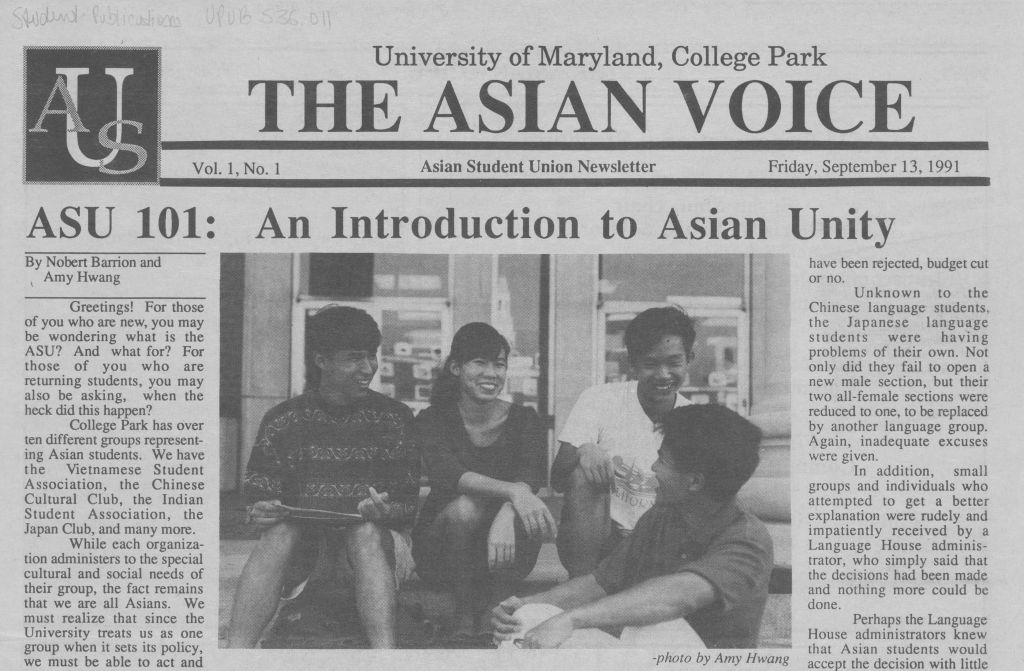
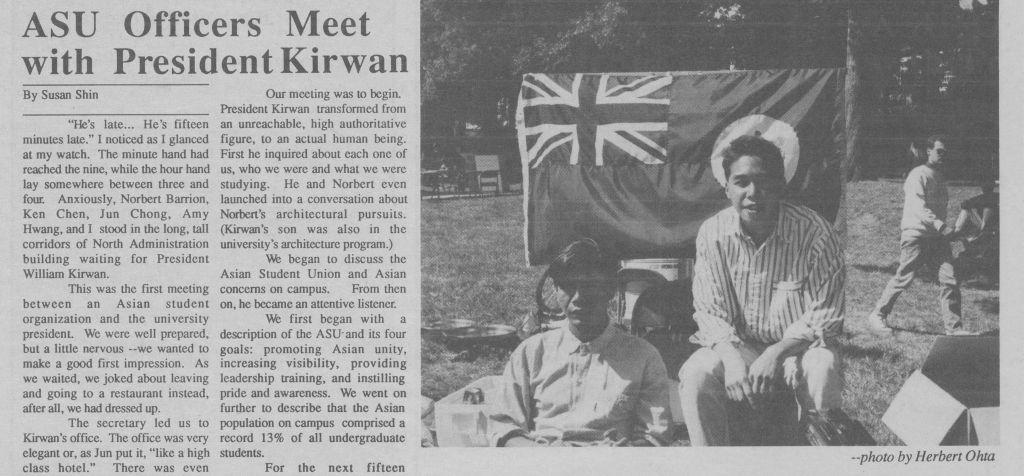
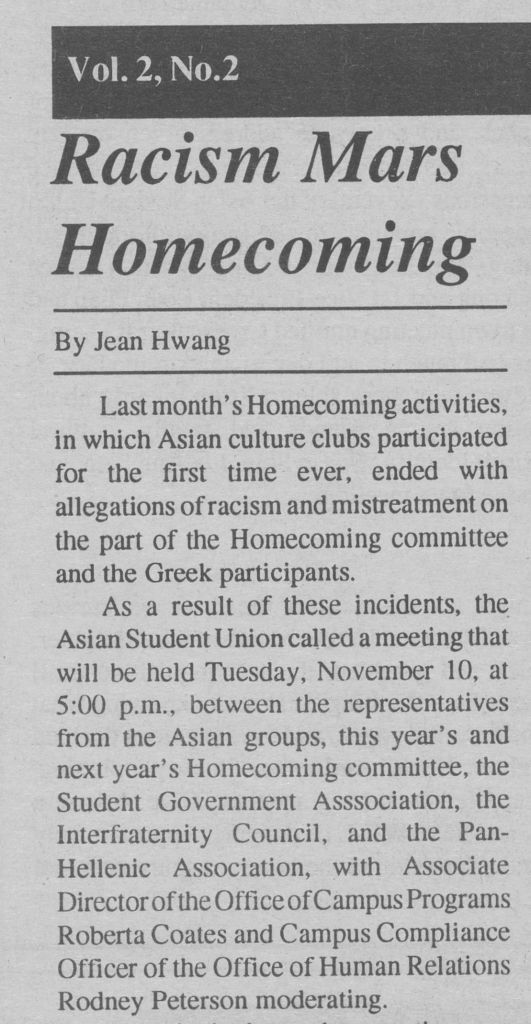



















 For many years, the signature song “There She Is, Miss America” concluded the nation’s most well-known beauty pageant, the 93-year-old Miss America competition. Although such contests spotlighting women’s physical appearance have been re-directed to emphasize contestants’ artistic accomplishments, talent, and personal philosophies and have a lower profile in the 21st century, the mystique of the Miss America pageant persists.
For many years, the signature song “There She Is, Miss America” concluded the nation’s most well-known beauty pageant, the 93-year-old Miss America competition. Although such contests spotlighting women’s physical appearance have been re-directed to emphasize contestants’ artistic accomplishments, talent, and personal philosophies and have a lower profile in the 21st century, the mystique of the Miss America pageant persists.


